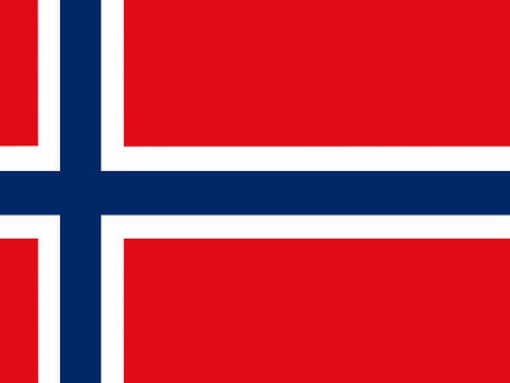Denmark
Note on IPS
Please note, 2024 data from the International Passenger Survey is badged as ‘official statistics in development’ and estimates are subject to future change as further improvements to the methodology are introduced. The ONS are not endorsing comparisons with previous years. See the ONS website for more information.
Denmark
Travellers from Denmark made 7.9 million outbound visits in 2024, with a total international tourism expenditure of US$11.2 billion.
In 2024, the UK welcomed 659,000 visits from Denmark. During the travellers’ visits, their total expenditure was a record £430.7 million, with an average spend of £653 per visit.
Visitor characteristics
- Holiday visits generated over half, 52%, of all spend in the UK by Danish visitors in 2024. Business and visiting friends and relatives each generated 21% of visitor spend.
- 9% of visitors from Denmark and 24% of those visiting friends and relatives were UK nationals in 2024.
- Visitors from Denmark spend almost two thirds, 65%, of nights outside of London. One quarter of all nights are spent in Scotland.
- Nearly half of Danish visitors to the UK come from the Hovedstaden region (49%), with most of these visitors residing in Copenhagen.
- 78% of those holidaying in Britain are making a repeat trip to the country (excluding British nationals, within ten years).
- 97% of departing visitors (excluding British expats) are either ‘likely’ or ‘extremely likely’ to recommend a visit to Britain.
Explore the inbound data in full
Use our visualisations to see data from this market in greater depth and clarity. Compare annual statistics, and filter by age group, gender, trip duration and more. Includes seasonality, trip purpose and regional spread of visitors to UK destinations. This data is based on the International Passenger Survey, conducted by the Office for National Statistics (ONS).
Please click on the button below and select the market you are interested in.
Perceptions of Britain in the Danish market
The top three perceptions of Britain amongst Danish travellers in 2022 (MIDAS: A Global Report):
- There are vibrant towns and cities to explore
- I can roam around visiting many types of places
- It is a mixture of old and new
Global context
Top-level statistics relating to tourism expenditure and popular destinations for this market. For greater detail on inbound tourism flows from this market to the UK, see our data visualisations.
| Measure | 2024 |
| International tourism expenditure (US$bn) | 11.2 |
| Global rank for international tourism expenditure | 35 |
| Number of outbound visits (m) | 7.9 |
| Most visited destination | Sweden |
Caring for visitors
- Danes are used to communicating in English and are happy doing so: they do not expect British people to speak Danish.
- In their accommodation choices, wooden floors in bedrooms and tiled bathroom floors are generally expected.
- They prefer en suite bathrooms with walk-in showers rather than bathtubs.
- Danes enjoy exploring local food and beverage specialities in Britain.
The leisure and travel trade
- The Danish travel market is mature: Danes are well-travelled and able to book their travel online.
- The market is dominated by a few big tour operators selling their products via travel agents throughout the country, as well as a number of smaller specialist operators and large- and medium-sized coach operators.
- Important Britain packages include London flights, accommodation and theatre packages, special interest, coach tours, car touring and language tuition.
- Major operators are based in Greater Copenhagen as well as in Aarhus, Aalborg and the mid-Jutland region.
Access to Britain from Denmark
The key routes and transport modes that connect this market with the UK.
| Measure | 2024 |
| Weekly aircraft departures | 236 |
| Weekly seat capacity | 40,699 |
| Airports with direct routes in Denmark | 6 |
| Airports with direct routes in Britain | 13 |
- The majority, 98%, of visits to Britain from Denmark in 2024 were by air (IPS).
- In 2024, the majority of seat capacity, 71%, serves the Copenhagen to London corridor.
- Following the COVID-19 pandemic, scheduled seat capacity of non-stop flights from Denmark to the UK has recovered to 94% of 2019 levels in 2024.
To see entry requirements for visitors to the UK from Denmark click here.
To see rates for Air Passenger Duty charged on passengers flying to Denmark from the UK click here.
Further resources
Where visitors from Denmark to the UK reside in their own country.xlsx
How we source this information
We work with a number of data sources to provide a rich and insightful picture of our key inbound source markets. This includes, but is not limited to, data provided by Oxford Economics, the UNWTO, Apex, Anholt-Ipsos Nation Brands Index and from our own surveys and ad-hoc research. The largest share of these data comes from the International Passenger Survey (IPS) by the ONS.
Visit our About the International Passenger Survey page for more information on how this data is collected and analysed.








